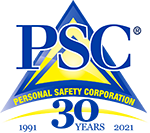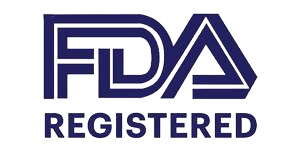Accident Prevention and Supervision in Nursing Homes
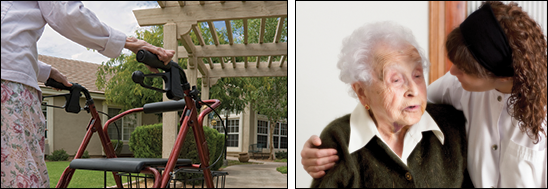 Purpose: To provide nursing facilities/staff with guidance on meeting the supervisory requirements of F-Tag 323 with respect to preventing avoidable falls.
Purpose: To provide nursing facilities/staff with guidance on meeting the supervisory requirements of F-Tag 323 with respect to preventing avoidable falls.
According to the F323 guidelines, “supervision adequate supervision” refers to an intervention and means of mitigating the risk of an accident. Facilities are obligated to provide adequate supervision to prevent accidents, such as falls.
Adequate supervision is defined by the type and frequency of supervision, based on the individual resident’s assessed needs and identified hazards in the resident environment. Adequate supervision may vary from resident to resident and from time to time for the same resident.
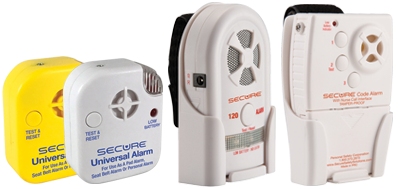 Tools or items such as personal or fall monitors can help to monitor a resident’s activities, but do not eliminate the need for adequate supervision. Lack of adequate supervision to prevent accidents occurs when the facility has:
Tools or items such as personal or fall monitors can help to monitor a resident’s activities, but do not eliminate the need for adequate supervision. Lack of adequate supervision to prevent accidents occurs when the facility has:
- Determined there should be supervision of the resident, and the facility did not provide it; and/or
- Failed to assess a resident to determine whether supervision was necessary, and the resident had an avoidable accident or caused an injury to another resident or there was high potential for an avoidable accident or injury to occur when supervision may have prevented it; and/or
- Should have been aware of the hazards in an area and provided supervision to protect the resident but did not.
Identify Supervision Needs
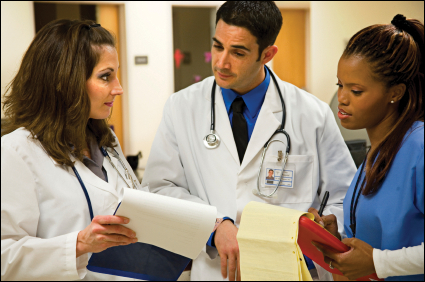 An effective fall risk assessment not only identifies health risk factors and environmental hazards that place residents at risk for an avoidable fall (e.g., history of falls, balance or gait instability, bladder incontinence, impaired cognition, impaired mobility, etc.), but also a resident’s need for supervision.
An effective fall risk assessment not only identifies health risk factors and environmental hazards that place residents at risk for an avoidable fall (e.g., history of falls, balance or gait instability, bladder incontinence, impaired cognition, impaired mobility, etc.), but also a resident’s need for supervision.
Adequate supervision, defined by the type and frequency, is based on the individual resident’s assessed risk factors and environmental hazards. Types of supervision may include:
Resident Safety Rounds
- The purpose of ‘rounding’ is to provide anticipatory care. Rounds are completed every two hours (or more frequently, if needed) to anticipate the resident’s toileting needs, hunger, thirst, ambulation, etc. and to meet needs, as appropriate. Relocating the resident’s bedroom closer to the nursing station and/or moving the resident near to the nursing station during the day may assist nurses in resident rounding.
Sitter Program
- The purpose of ‘sitters’ (e.g., nursing assistants, volunteer companions, etc.) is to observe residents for risky behavior, such as attempting to climb out of bed and other unsafe activities and notify nursing staff of all potential occasions where the resident may fall. Residents with an impaired ability to understand or follow directions, or appreciate the potential for self-harm as a consequence of his/her actions, are suitable candidates for a sitter program. The period of observation may be continuous (24 hours) or instituted only during those times of when the resident is at highest risk of falling, such as during change of nursing shifts.
Eyes and Ears Program
- The purpose of this supervision or visual monitoring program, utilizing fall risk magnets and wristbands, is to increase staff awareness of residents at high risk for falls. The more eyes available to observe “at-risk” residents at high risk (e.g., observing warning signs such as unsteady balance or a change in condition such as agitation, confusion, weakness or tiredness, needing help with daily activities, etc.) and the more ears available to listen to high-risk patients (e.g., complaints of dizziness, weakness, unsteady balance, etc.), the better it is. Any changes noted can often serve as an early warning system to nursing staff (i.e., to evaluate for an underlying cause, disease/drug reaction) and help to prevent falls. Residents most likely to benefit from a program include frequent fallers, frequent wanderers “at-risk”, and individuals with dementia and gait/balance impairments. These residents can wear fall risk wristbands and fall risk magnets can be placed on their doors or in their rooms as an immediate staff visual cue that the resident has been assessed as a fall risk individual.
Supervision and Fall Monitors
Fall monitors used in conjunction with supervision strategies serve a variety of useful functions:
- Monitors warn staff that the resident has changed position and is about to leave their bed, chair or wheelchair. This may give staff enough time to assist the resident.
- Monitors warn staff that the resident has shortly left the bed, chair or wheelchair. This may give staff enough time to intercept the resident before a fall
- Monitors may serve as an alternative to nurse call bells in residents who are noncompliant or unable to use their call bell because of cognitive and/or physical impairments.
- Monitors may serve as an assessment or planning tool by monitoring the frequency of resident attempts to leave the bed, chair or wheelchair, which can help identify emerging trends, interventions and supervisory needs.
Click here for printable pdf file.

